Introduction
In this tutorial, we will look at what rhythm guitar players need to know about eighth note rests.
As you will recall from our Rhythm Guitar Part 8 Tutorial, eighth notes receive ½ of a beat.
This means eighth notes are counted as:
Here is how an eighth note rest is symbolized:
Since an eighth note is ½ of a beat in duration, eighth note rests also last for ½ of a beat.
So this means there would be silence on the “ands” of each beat shown in this example.
In this example, the eighth note rests are placed on the beat:
Now let’s practice clapping some rhythm patterns that use eighth note rests.
Rhythm Pattern 1
Count out loud, and tap your foot as you perform the rhythm pattern with a metronome.
Most guitarists find the next rhythm to be tricky at first. But don’t worry, with some practice you will be able to master it.
This is the first rhythm pattern we have looked at where you are playing off of the main beat.
In this pattern you are playing on the “ands” also known as the up beat.
Rhythm Pattern 2
Now let’s look at some additional examples.
Rhythm Pattern 3
Rhythm Pattern 4
Rhythm Pattern 5
Be sure to practice these five rhythm patterns with a metronome.
Also be sure to count out loud and tap your foot as you perform them.
Once you feel comfortable with the rhythms, grab your guitar and play the rhythms with one chord. Pick any chord you like.
Remember, where there are rests, there needs to be silence. So you can’t let any notes or open strings ring during a notated rest.
To do this you will need to mute certain notes/open strings. See Playing Rhythm Guitar: Basics Part 6 – Muting and Understanding Rests, if you need a refresher on how to mute strings in guitar chords.
In our next tutorial, Playing Rhythm Guitar: Basics Part 11 – Counting Rhythms Revisited, we will at something very important you need to know when you count rhythms.
Recommended Resource
Isn’t it time to get your hands on a proven, fast and easy way to learn the basics of music theory for guitar? The Absolute Essentials of Music Theory for Guitar lays out what you need to know about guitar music theory so it’s crystal-clear.
Mastering the basics of guitar theory will open up a whole new world for you. You will learn guitar faster and feel and hear big improvements in your guitar playing.
Get started now and take the mystery out of music theory so you can learn guitar faster…


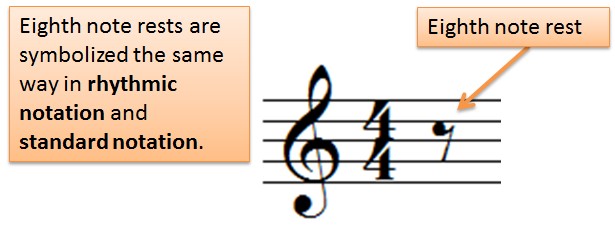

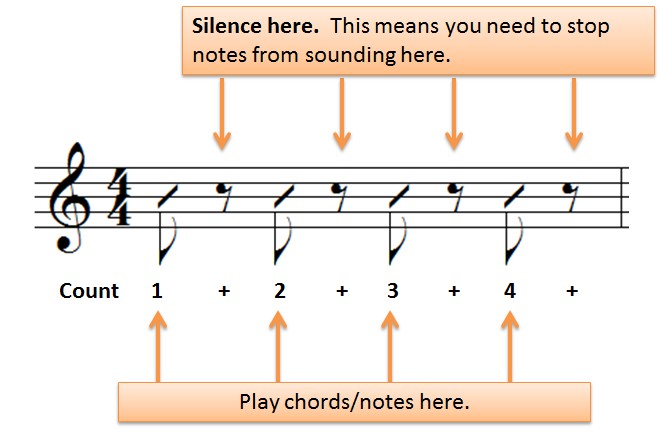
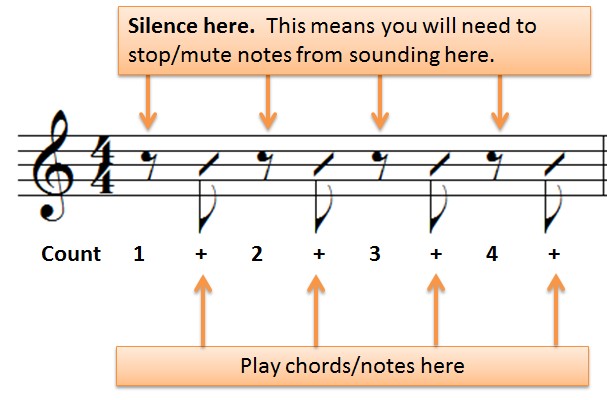


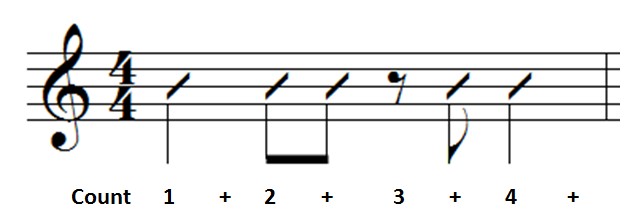

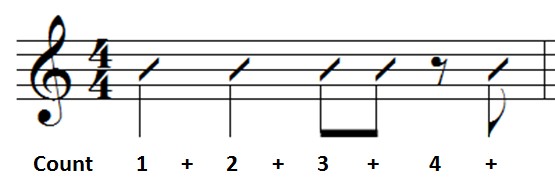

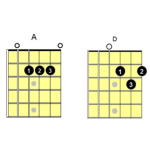
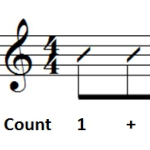
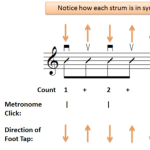
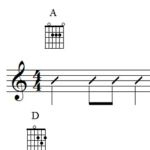
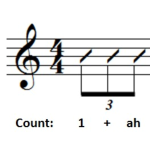
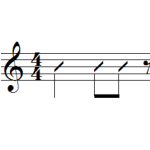
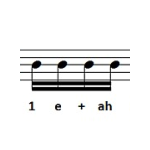
Pingback: Playing Rhythm Guitar: Basics Part 11 - Counting Rhythms Revisited | Guitar Accelerator Blog: Play Guitar - Electric and Acoustic Guitar Lessons